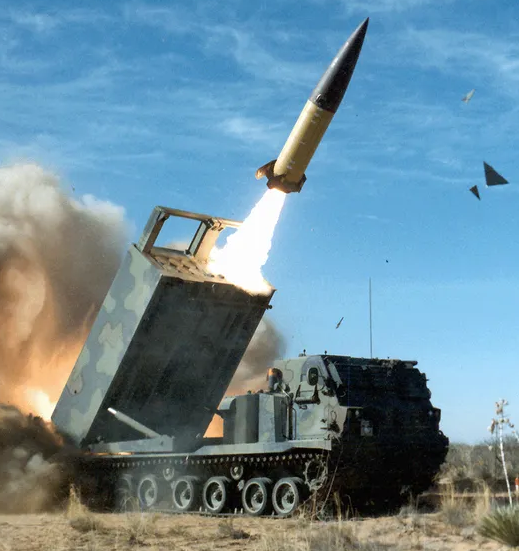I have a desktop PC with two SSDs—one with Windows installed and the other currently empty, which I plan to use for Linux as I migrate to it. Additionally, I have two 4TB HDDs I intend to configure for NAS storage.
Since I can’t afford a dedicated NAS setup just yet, I’m considering dedicating a portion of the empty SSD to run a NAS solution like TrueNAS or Proxmox for self-hosting. Ideally, I’d like the NAS portion to operate continuously in the background, while allowing me to boot into either Linux or Windows as usual.
Is it possible to set up the NAS environment this way, so it’s always running and accessible, even as I switch between Linux and Windows on my main system?
As others gave said, the solution is a VM but once setup correctly, you won’t notice.
If Windows is your primary computer, install HyperV, the built in VM manager for Windows. Then create a Linux VM for your NAS.
Once setup, you won’t even notice. HyperV auto saves and reloads the VM whenever you reboot. You don’t even need a window open for the VM, it runs in the background until you run the manager to connect to the VM and see it in a window.
If Linux is your primary OS, do the reverse and put Windows in a Linux VM.
Don’t hassle with Proxmox, etc. That’s for running lots of VM’s and toggling between them.
Not in a way you’re probably going to like.
You could set up a bare metal hypervisor on the system and set up a VM for your NAS, Windows, and Linux and swap between them as needed, but uh, that’s not really an exceedingly pleasant desktop use case, for a number of reasons, one of which is that you really won’t have the normal ‘sit down, and use the computer’ desktop experience.
Alternate option: run the NAS and either the Linux or Windows install in a VM, and keep it booted into, say, the desktop Linux environment with everything else being a virtualized setup.
Yeah, your suggestion is the only thing I could think that would even work, but honestly, it’s probably more trouble than it is worth.
An alternative which doesn’t quite meet the requirements, but will be much lower effort would be to format the drive(s) as exFat, which both Windows and Linux can read without issue. Then put them up as a network share in both OSes.
If you are wanting RAID 1 with those two drives…this won’t work unless you are either using hardware raid (maybe you can set it in your bios?) or if you can find a software raid that both windows and linux use. For RAID, maybe just pick one OS and that will be the one that has the share.
I would also recommend against the SSD caching idea with all this other stuff in the mix, wait till you have a dedicated NAS PC. You are going to pull your hair out otherwise.
OP, do you have an old computer, even an old laptop? A NAS doesn’t require much computing power. You can plug your drives in via a SATA to USB adapter. Then you will have a dedicated NAS box and all these problems get 500x easier.


